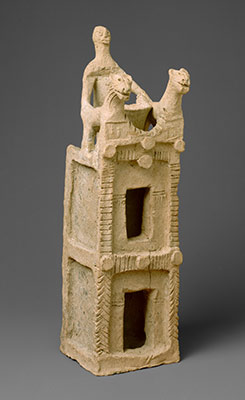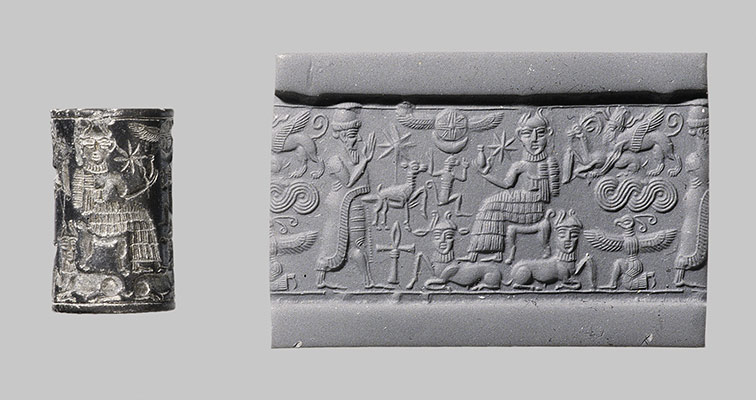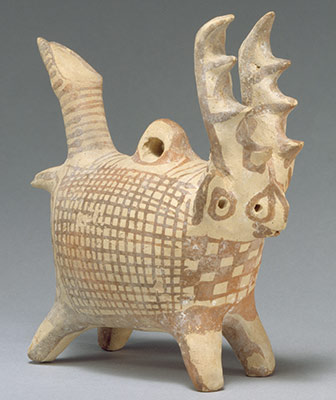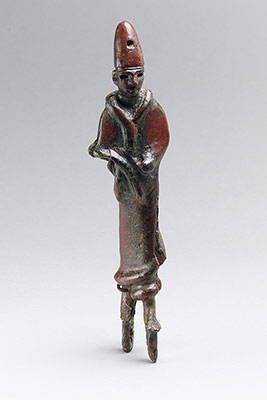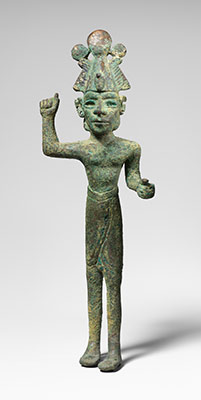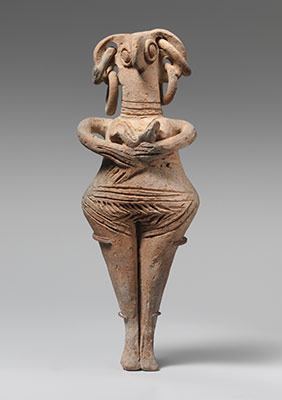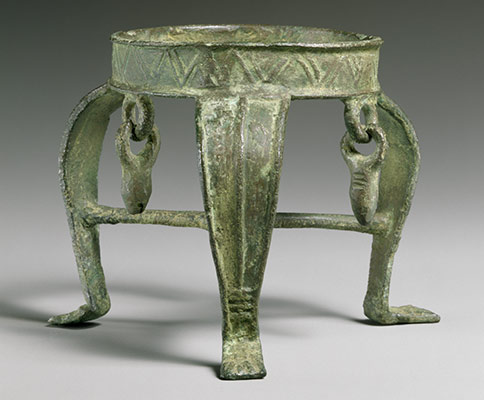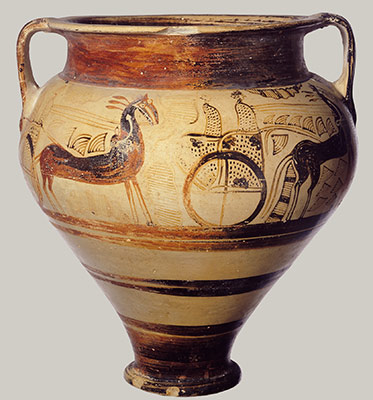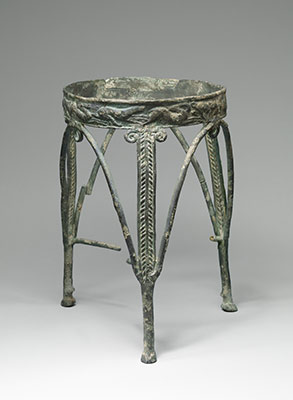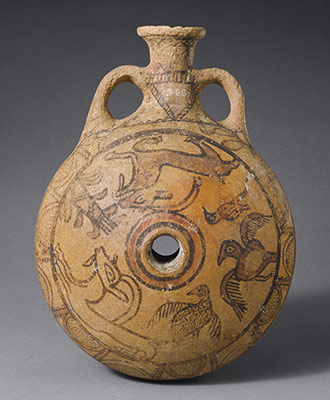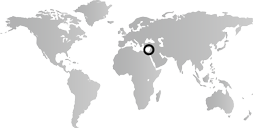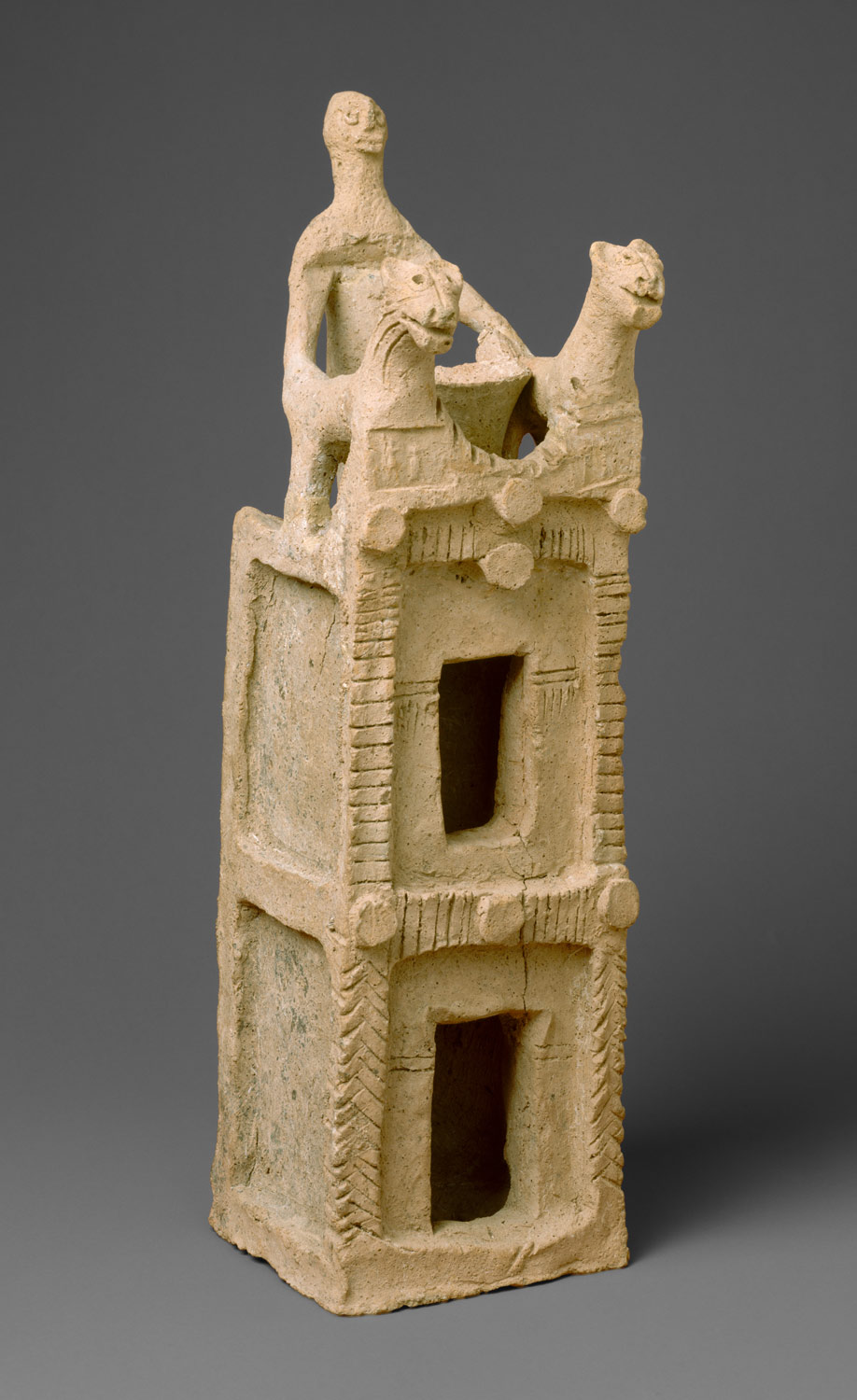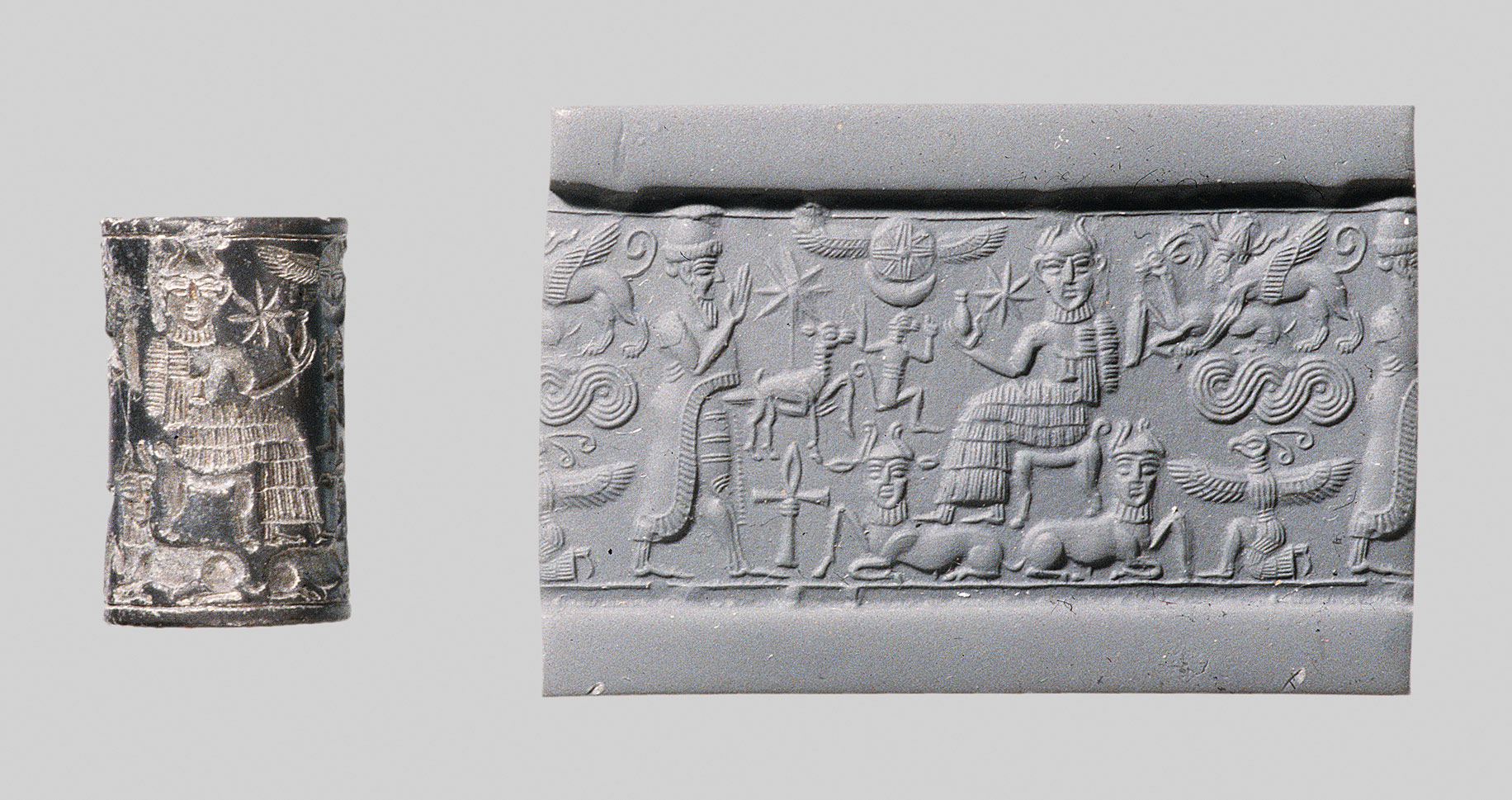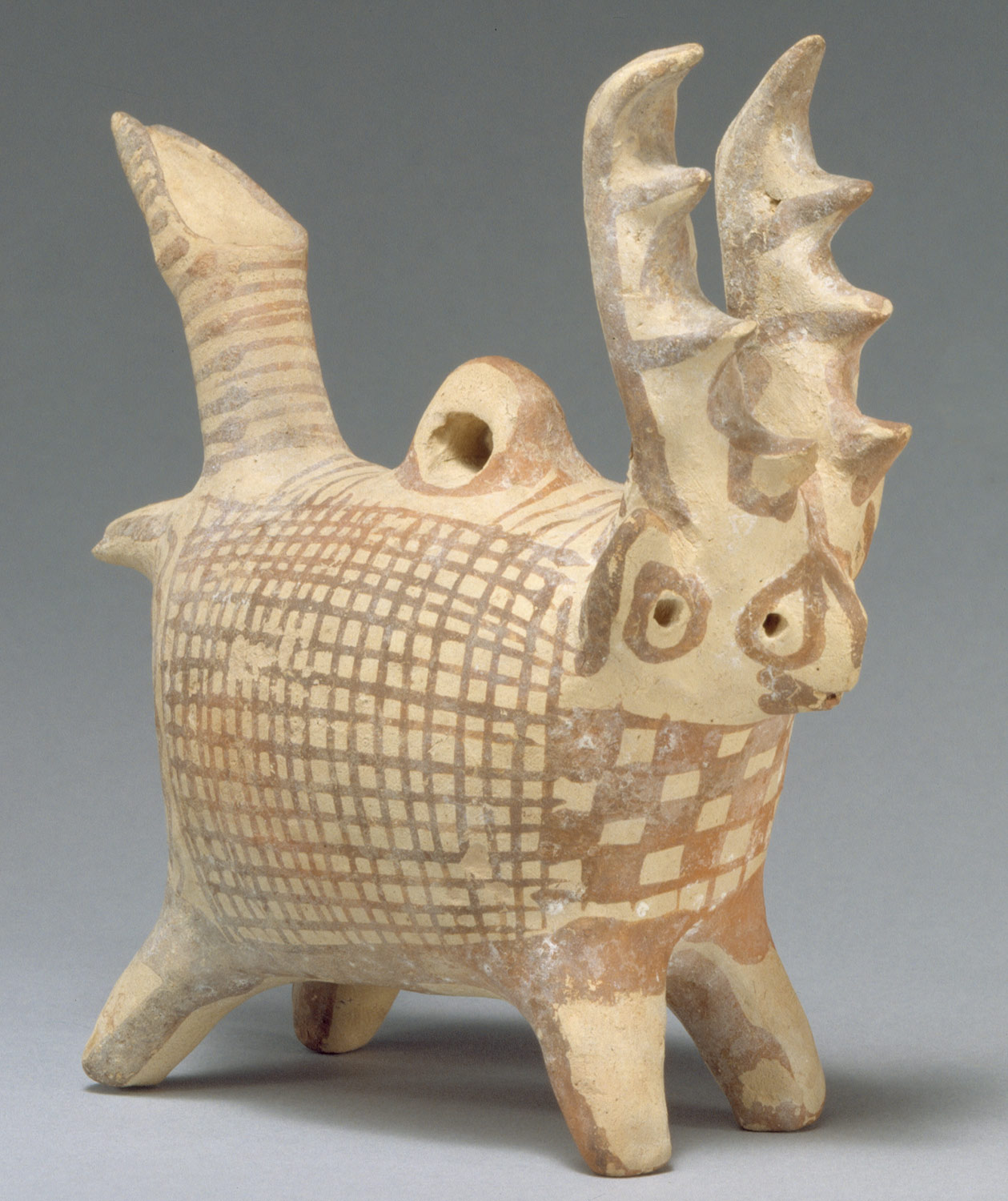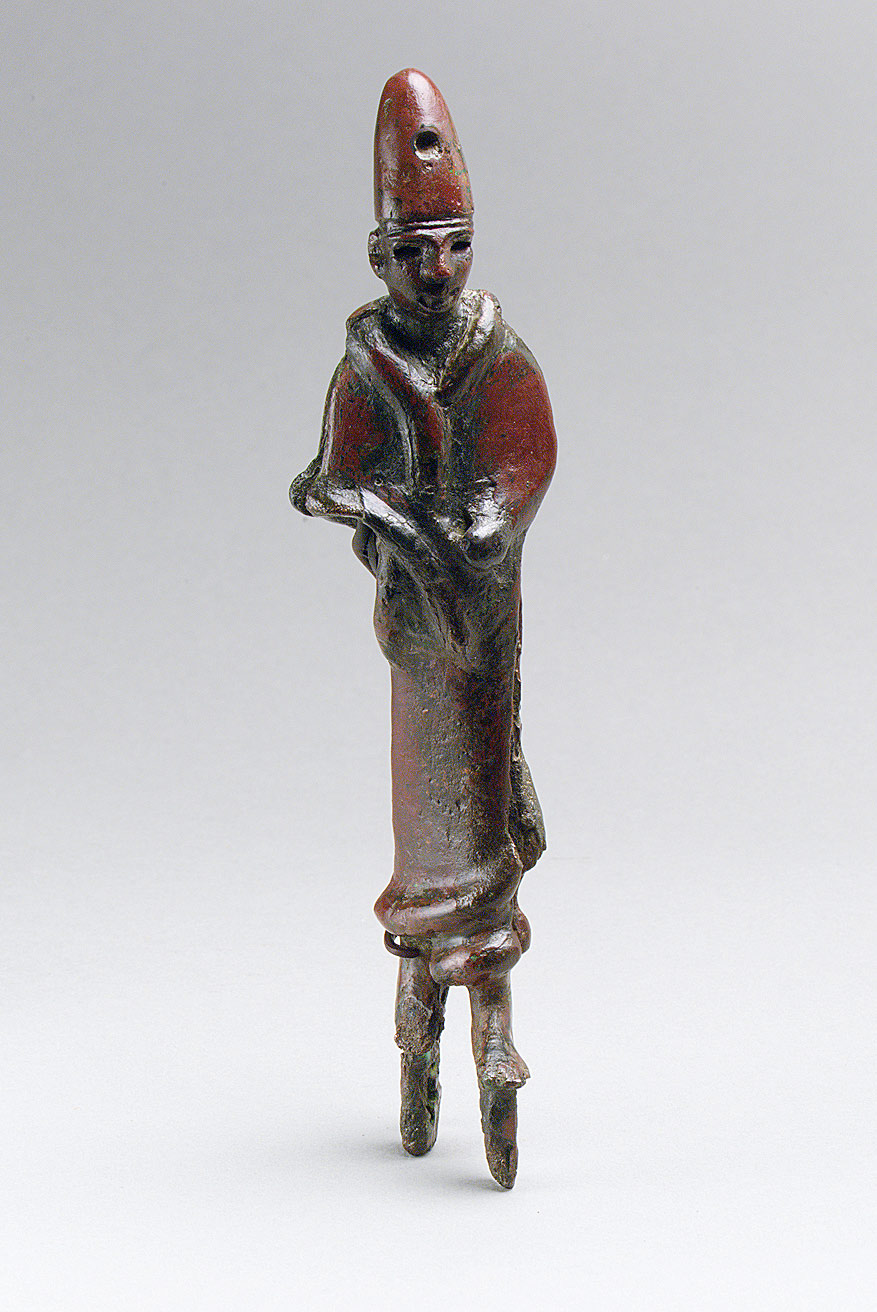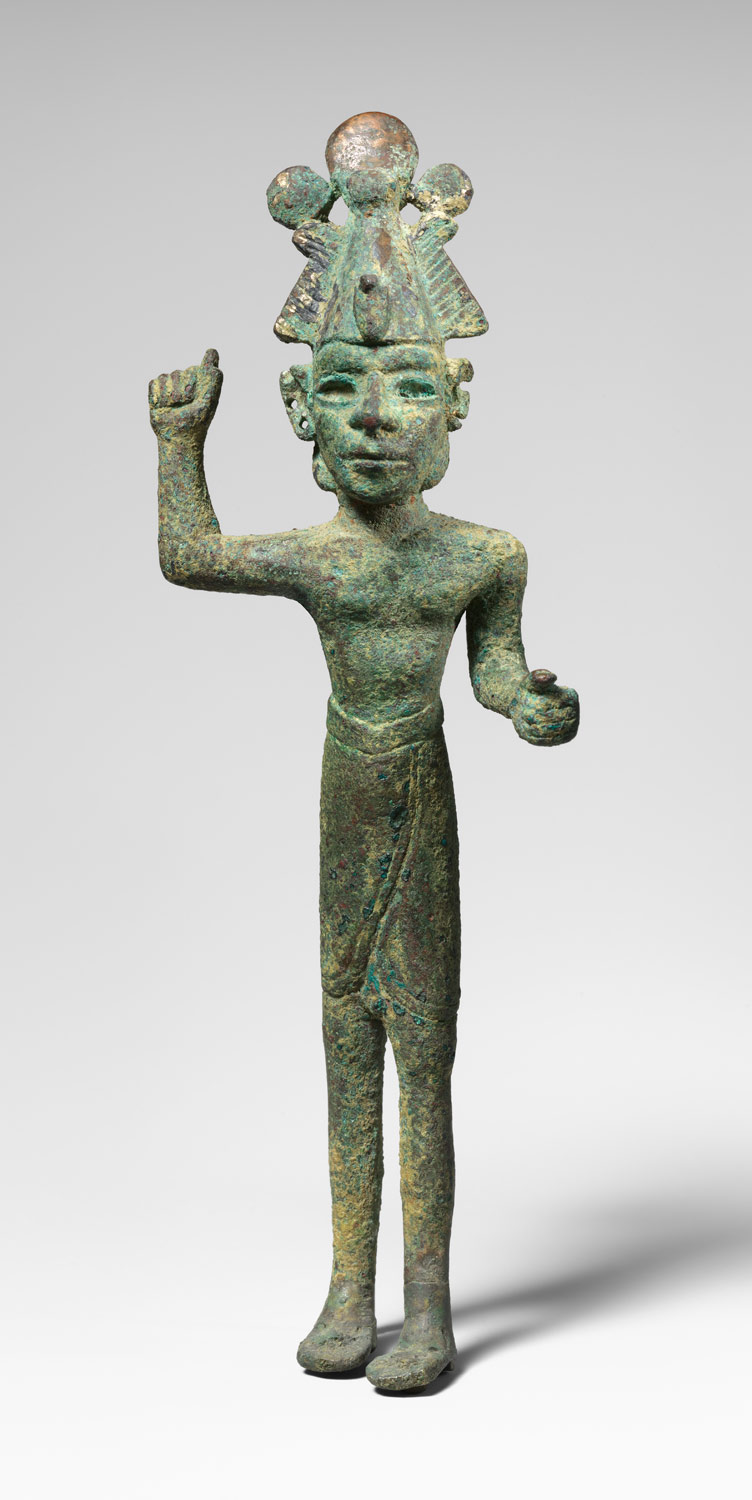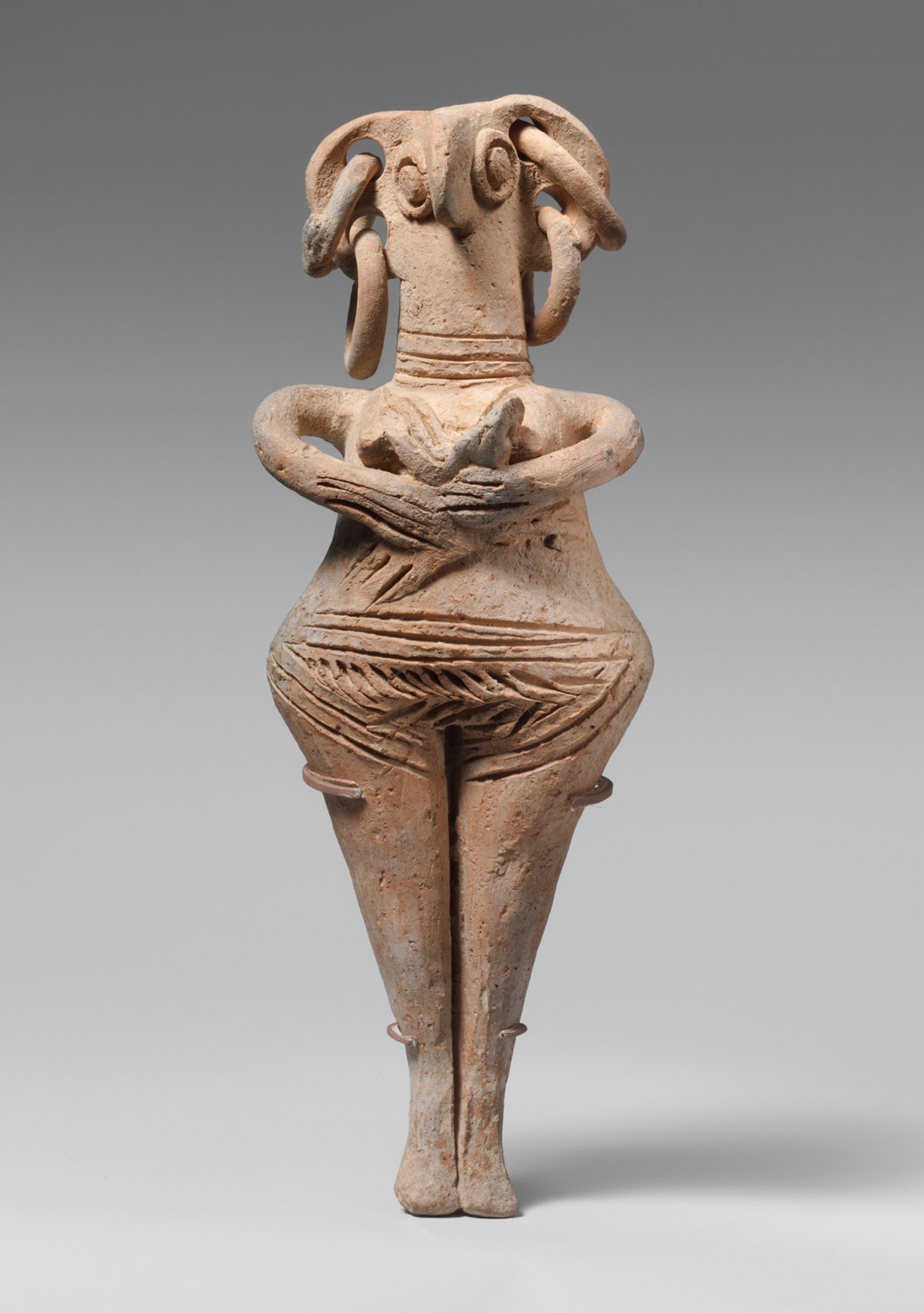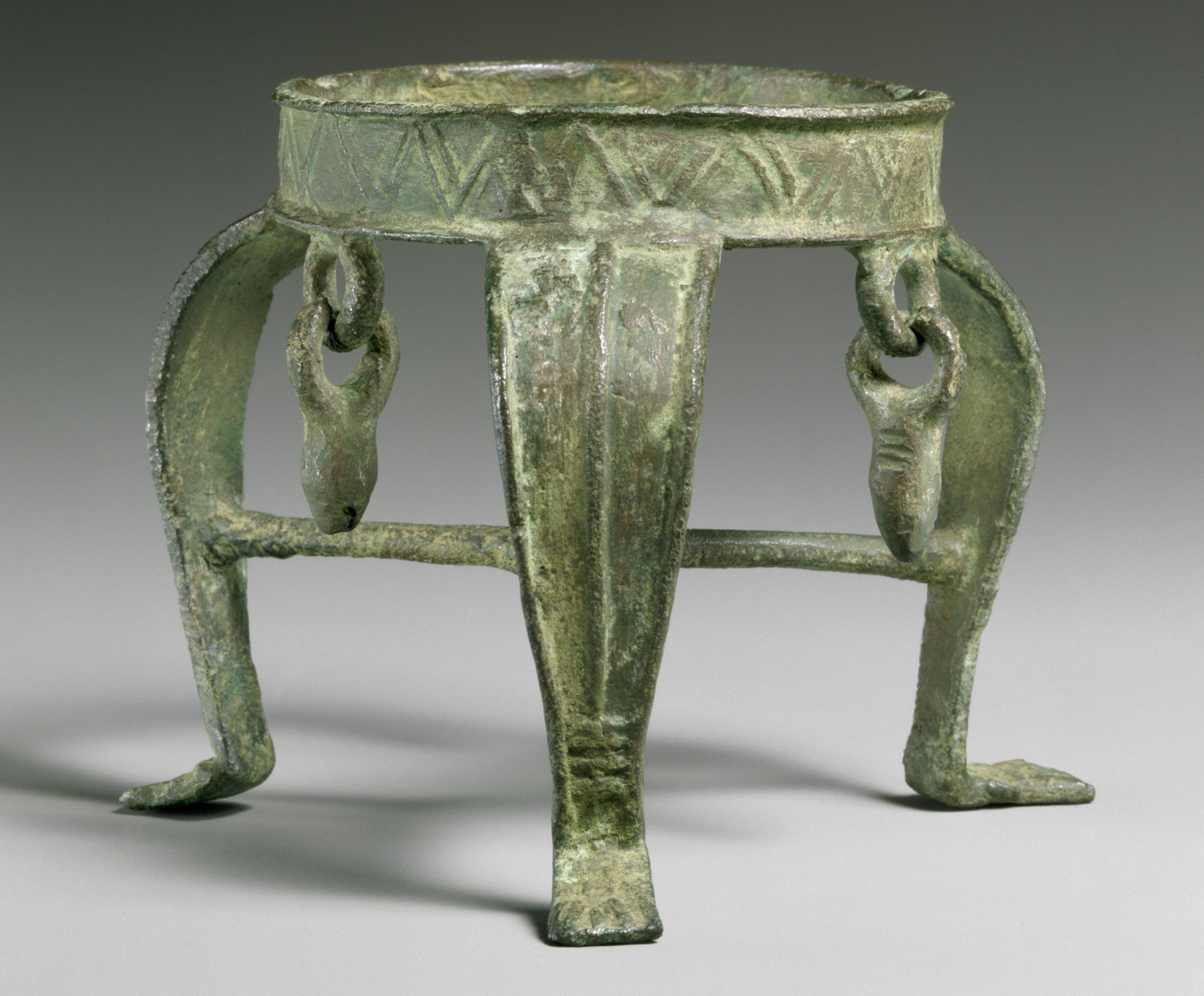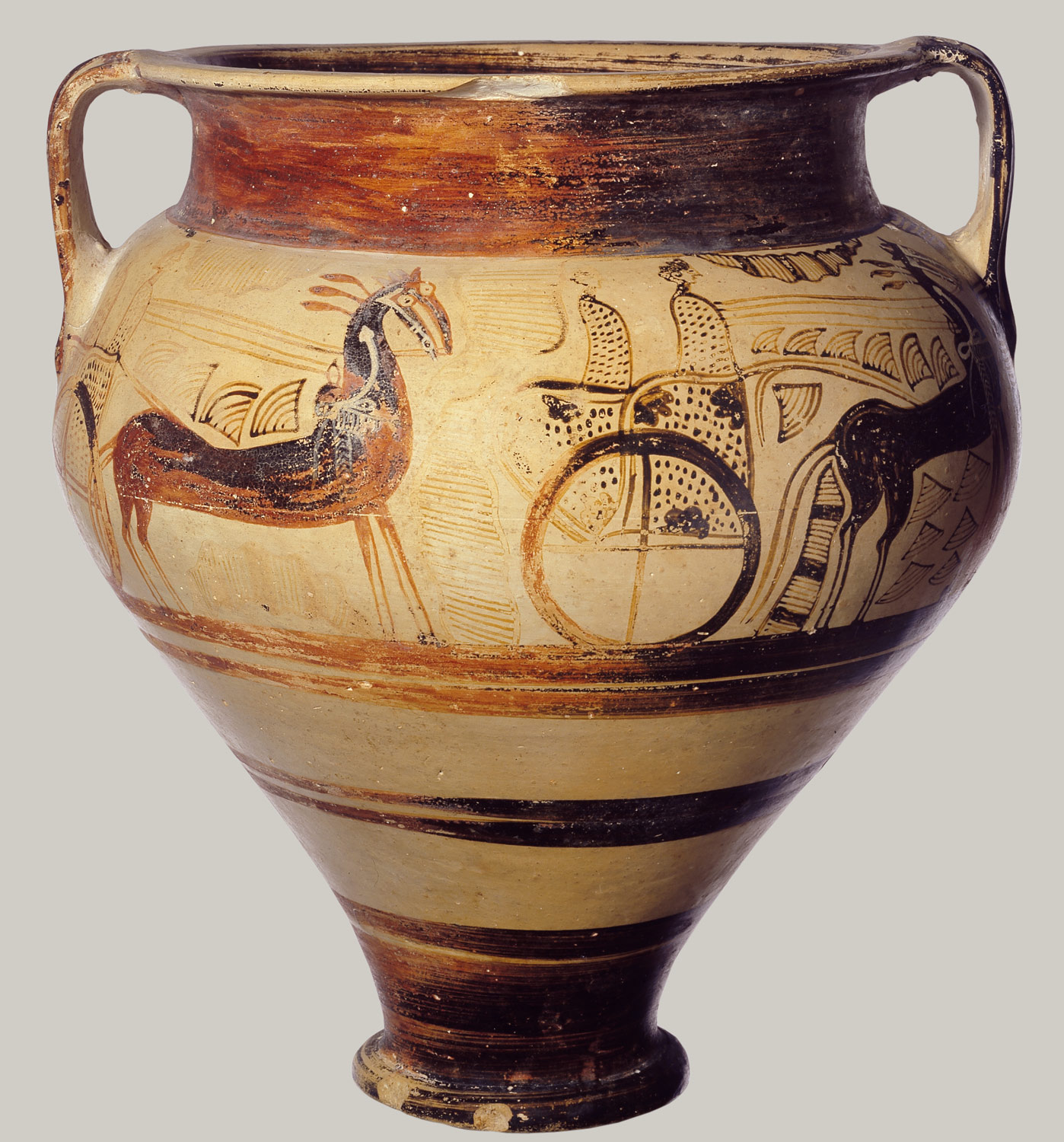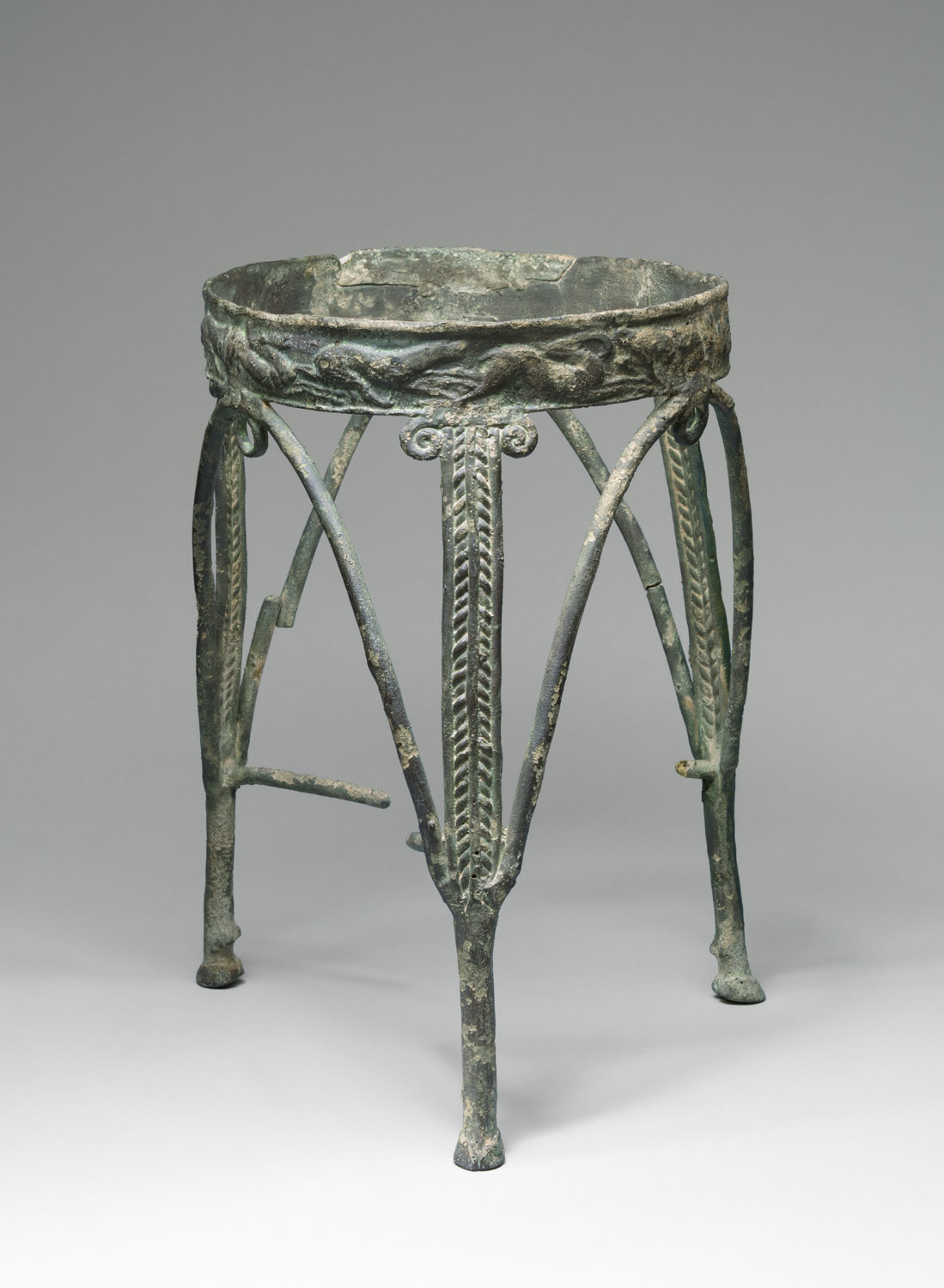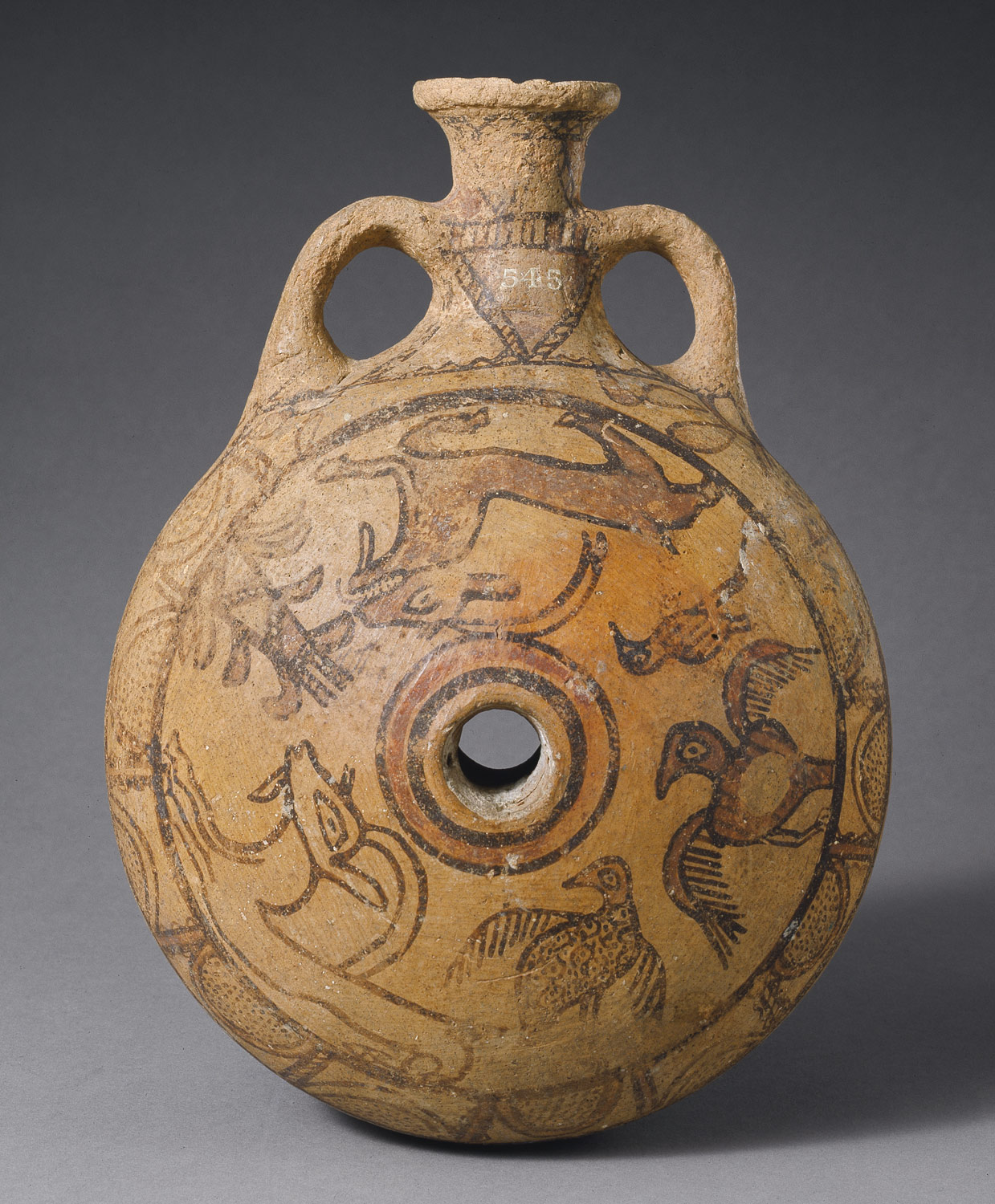The second millennium B.C. can be conveniently divided into two periods. During the Middle Bronze Age, Amorite tribes from Syria settle across the region. Many large sites are fortified employing massive cyclopean stone blocks. Akkadian cuneiform inscribed on clay tablets is widely used. City-states such as Ebla and Aleppo dominate the Syrian plains, linking northern Mesopotamia with the Mediterranean coast. Byblos is once again in close trading contact with Egypt. Throughout the southern Levant, settlements are enclosed behind thick fortification walls set atop steep ramparts.
During the latter half of the second millennium B.C., the Late Bronze Age sees Egyptian hegemony in Canaan to the south. Further north, the powerful Mitanni empire dominates Syria until the Hittites expand into the region from Anatolia. The coastal city of Ugarit flourishes amid the economic, political, social, and cultural competition among the Egyptians, Minoans, Mycenaeans, Mitannians, Mesopotamians, and Hittites. Records at Ugarit are written in both Akkadian cuneiform and an alphabetic cuneiform recording the local language. Toward the end of the period, a number of city-states throughout the Levant are violently destroyed. Many northern sites, including Ugarit, are never reoccupied. Scholars continue to debate the precise nature of these events.
